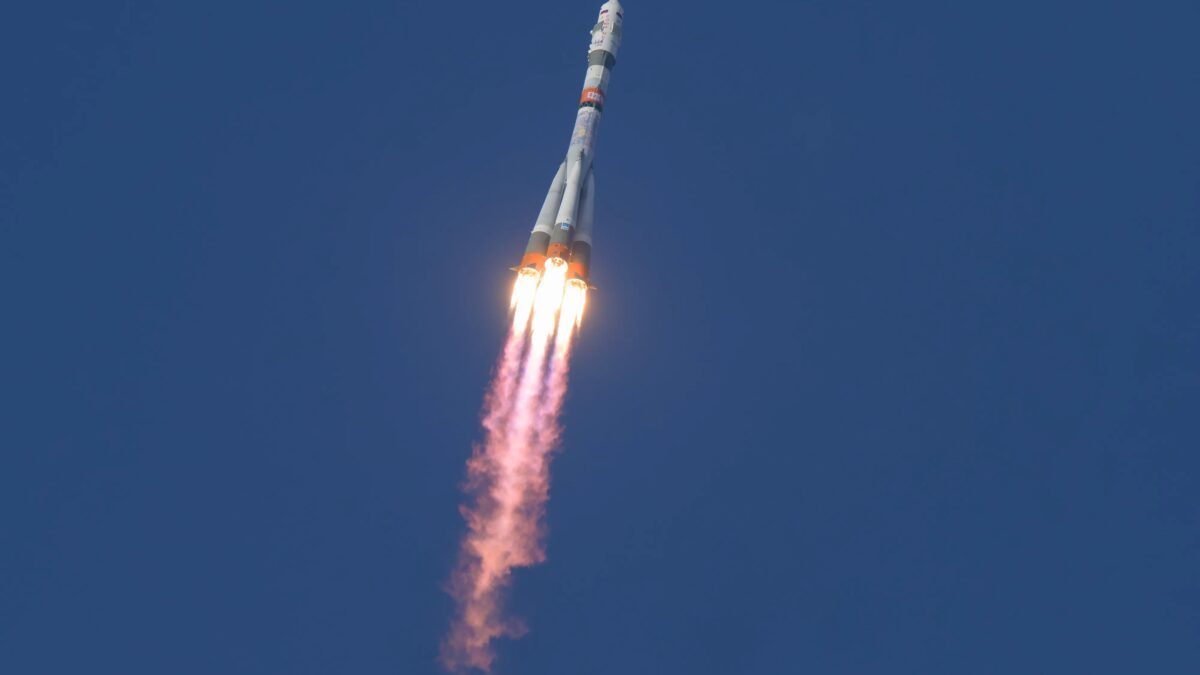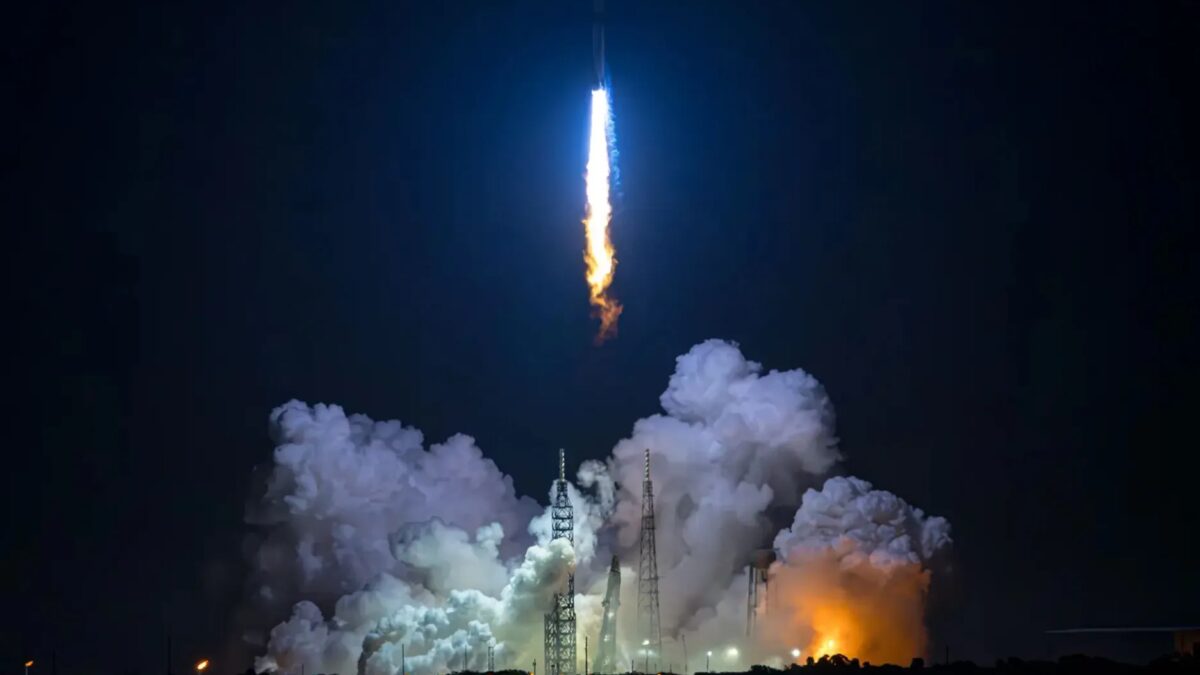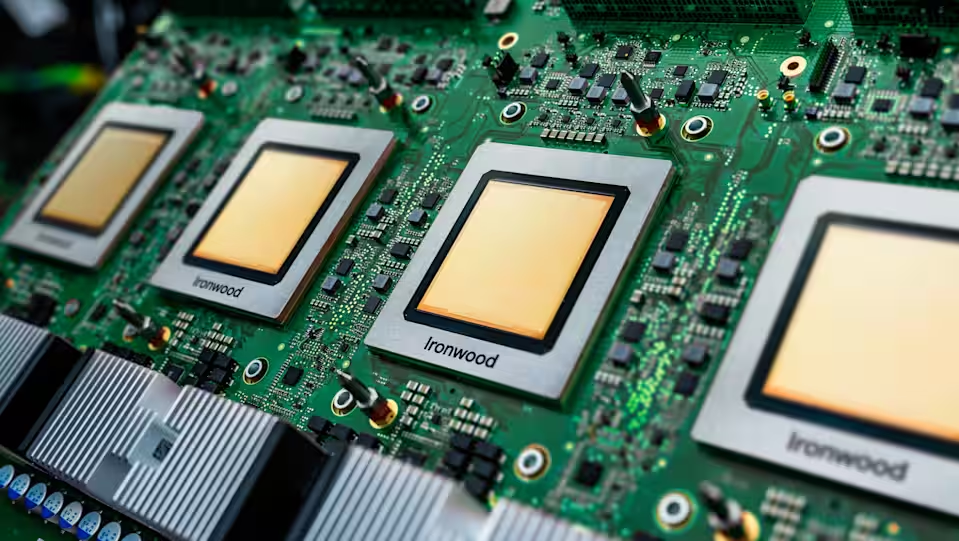James Webb discovered a surprising source of evolution in the early Universe
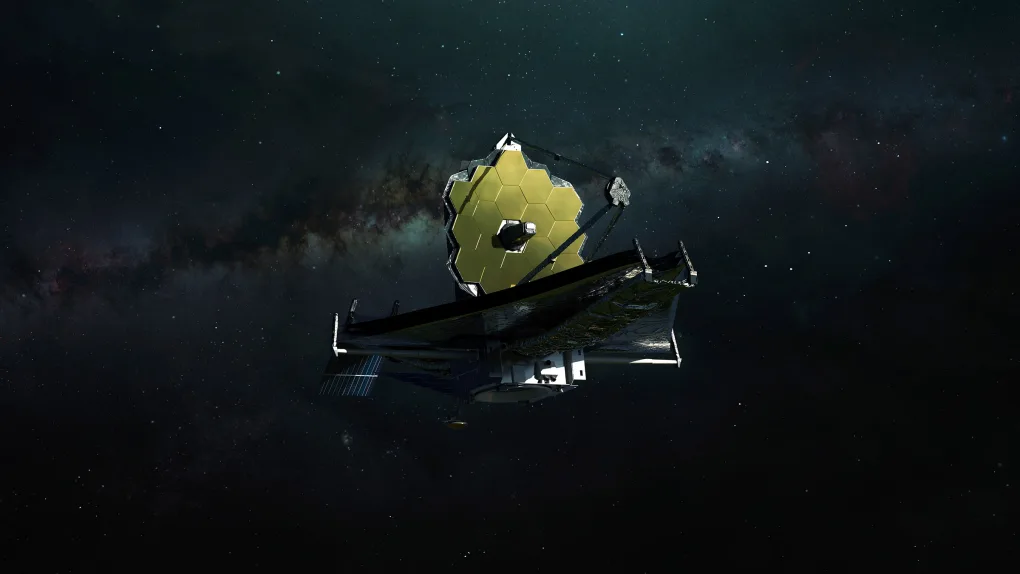
The NASA «James Webb» Space Telescope has given astronomers almost unparalleled access to the mysteries of our universe. Above all, it has helped us better understand the early universe, how it has changed over the past few billion years, and even given us a better look at what things might have looked like back then. Now «Webb» has also shed light on one important source of the evolution of our early universe.
The galaxies we know and see today were not always as we see them. Some of them, which are now dead, were once full of life, and the stars in them were bright and shining. In addition, the gas in the universe was very different, astronomers say. It was more opaque, making it harder for the energetic starlight to penetrate it. If we had looked into the universe at that time, we probably wouldn’t have been able to see as clearly as we do now.
If we had looked into the universe at that time, we probably wouldn’t have been able to see as clearly as we do now.
But obviously — no pun intended — something has changed in the last few billion years. Now that we point Webb into space, we can see through stars and galaxies. So what has happened? According to new data from «James Webb» the evolution of the early universe into what we know today was influenced by heat from stars that grew in these early galaxies.
In the early galaxies, the evolution of the early universe into what we know today
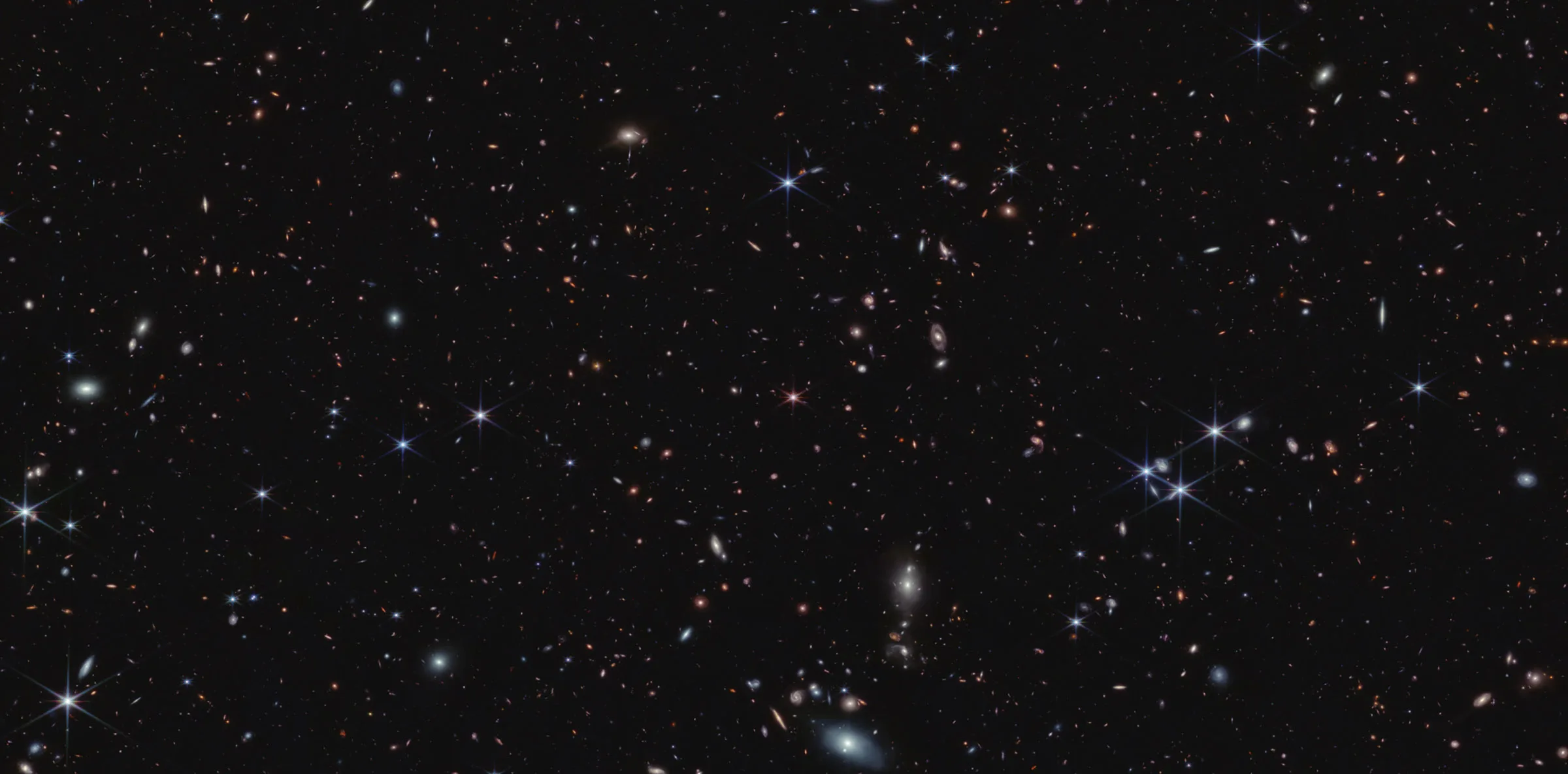
Webb image showing how astronomers have learned more about the evolution of the early universe
Image source: NASA, ESA, CSA, Simon Lilly (ETH Zürich), Daichi Kashino (Nagoya University), Jorrit Matti (ETH Zürich), Christina Eulers (MIT), Rob Simko (MIT), Rongmon Bordoloi (NCSU), Ruari Mackenzy (ETH Zürich); Image Processing: Alyssa Pagan (STScI) Ruari McKenzie
According to a new study by a team led by Simon Lilly of ETH Zürich in Switzerland, this reionization period was a period of dramatic change. Heat from rising and bright stars helped transform the gas around them, ionizing it, creating the purer gas we know today. Researchers have long sought an explanation for this period, when galaxies became more easily observable.
According to new data from «Webb», as stars heated the gas around them, the early universe evolved, and the end of the reionization period led to a profound change in the appearance of our universe as the gas became less opaque and easier to see. This period must have occurred more than 13 billion years ago, NASA explains in a new research report.
To make this discovery, the researchers focused on the quasar, which contains the most massive black hole currently known in the early Universe. It is estimated that the mass of this black hole is 10 billion times that of the Sun. Although this black hole has its own mysteries, it seems to have helped astronomers better understand how the evolution of the early universe took place.





